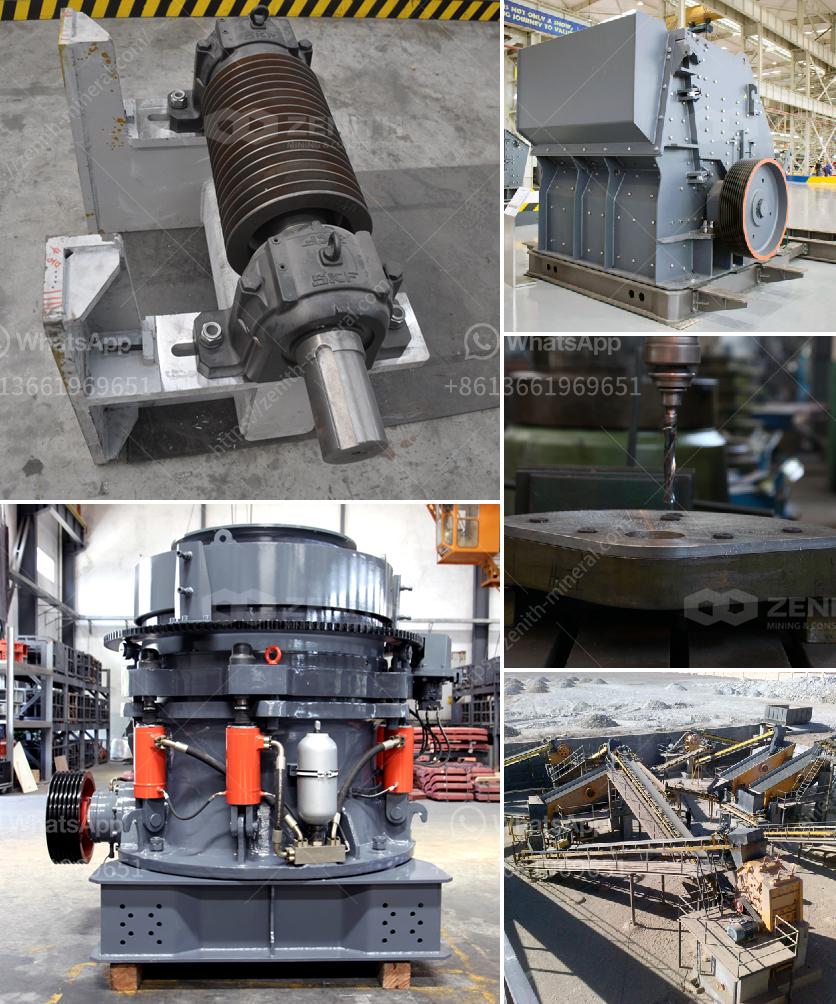Designing a copper processing plant involves several critical steps to ensure the efficient extraction and processing of copper from raw materials. Here’s a general outline to guide you through the process:
Conduct a feasibility study to evaluate the viability of the project. This includes geological surveys to determine the copper deposit size, grade, and distribution.
Choose a suitable location for the plant considering factors like proximity to the copper deposit, availability of water, power, and infrastructure, as well as environmental and regulatory considerations.
Develop a detailed flow sheet outlining the entire process from ore extraction to final product. Key stages typically include:
Select the appropriate equipment for each stage of the process. This could include crushers, grinders, flotation cells, smelters, and electrorefining equipment.
Design an efficient plant layout to minimize material handling and operating costs. Considerations should include:
Ensure the design adheres to all environmental and safety regulations. This includes waste management systems for tailings and emissions control systems like scrubbers and filters.
Plan and develop the necessary infrastructure such as:
Estimate the capital and operational expenditures. Develop a comprehensive financial model to ensure profitability, including contingency plans for market fluctuations.
Develop a project timeline and assign resources to manage the construction and commissioning phases. Regularly monitor progress to adhere to the timeline and budget.
Once the plant is built, conduct thorough testing and commissioning to ensure all systems work correctly before ramping up to full production.
Hire and train staff to operate and maintain the plant. Continuous training programs should be implemented to keep the workforce updated on the latest technologies and safety procedures.
Implement a system for continuous improvement where regular reviews are conducted to enhance efficiency, reduce costs, and improve safety and environmental impact.
By carefully planning and executing these steps, you can design a copper processing plant that operates efficiently, safely, and profitably.

